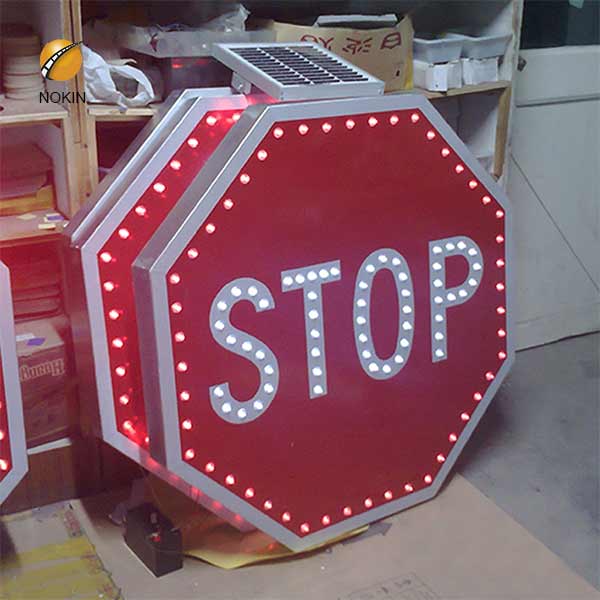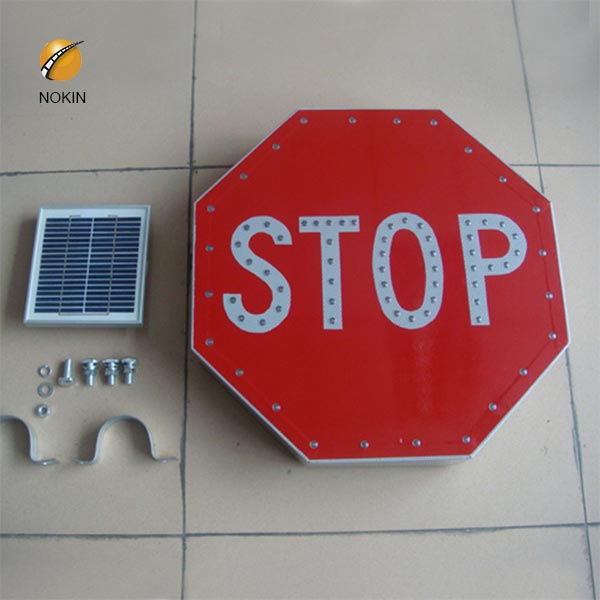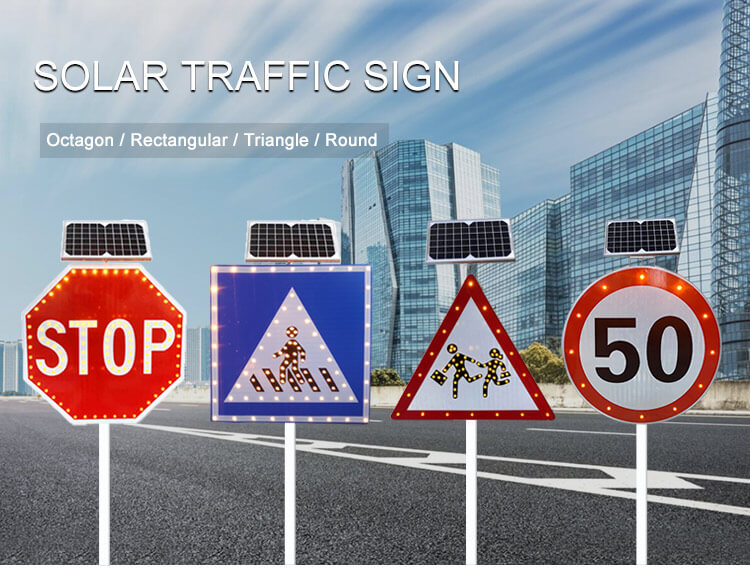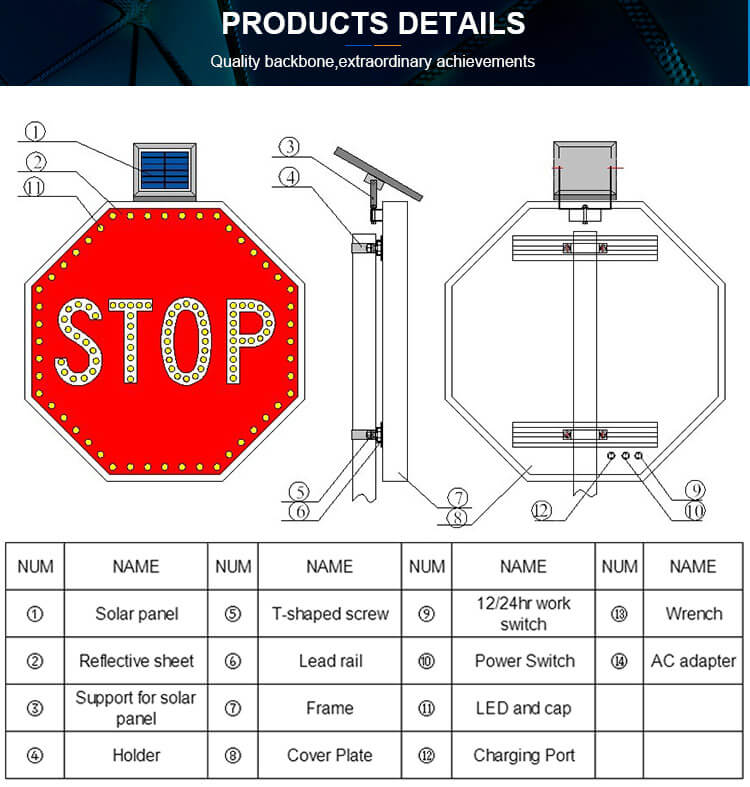




| Material: | Aluminium&Galvanized sheet |
| Reflective film: | 3M Engineering grade or 3M diamond grade |
| Solar panel: | 15V/8W or custom |
| Battery: | 12V/8Ah or custom |
| Voltage: | DC 12V or DC 11.1V |
| Leds distance: | <4.5CM |
| Led color: | Red, Yellow or White |
| Flashing frequency: | 50±2/min |
| Visual distance: | >800m |
| Working in rainy days: | 360H |
| Size: | 600mm /800mm /1000mm or Custom |

It’s the height at which the sun’s energy could be converted into electricity. This number is right around 86 percent, the thermodynamic efficiency limit. The way photons interact with solar cells, they can only generate electricity from the sun’s energy up to a
E. Carvalho, M. Fardis EUR 25204 EN - 2012 Eurocode 8: Seismic Design of Buildings Worked examples Worked examples presented at the Workshop “EC 8: Seismic Design of Buildings”, Lisbon, 10-11 Feb. 2011 Support to the implementation, harmonization
3/8/2012 · A number of changes to the Australian standard for solar photovoltaic (PV) installation standard AS/NZS 5033 came into effect from 16 July 2012, with a 3 month grace period for installers to get acquainted with them. The alterations were decided on by the EL-042
Discover the official Clarks site, featuring a variety of shoes for men, women and kids. Shop excellent quality online which combines comfort and style.
FDA vs. EU Requirements EU has requirements for “At-Rest” and “In-Operation” FDA Aseptic guidelines are based on “In-Operation” condition only. EU focuses on two particle sizes – 0.5μm and 5μm FDA Aseptic guidelines: 0.5μm only EU has limits for
30/3/2021 · To boost energy performance of buildings, the EU has established a legislative framework that includes the Energy Performance of Buildings Directive 2010/31/EU (EPBD) and the Energy Efficiency Directive 2012/27/EU. Together, the directives promote policies that will help. achieve a highly energy efficient and decarbonised building stock by 2050.
DIN EN 1176-2 : 2020 - Playground equipment and surfacing - Part 2: Additional specific safety requirements and test methods for swings (includes Amendment :2019) 2. ISO Standards. International ISO standards are intended to ensure quality, efficiency and safety services, systems and products. Popular standards: ISO 9000:2015 Standard - Quality
22/7/2019 · EU RoHS specifies maximum levels for the following 10 restricted substances. The first six applied to the original RoHS while the last four were added under RoHS 3, which took effect July 22, 2019. Cadmium (Cd): < 100 ppm. Lead (Pb): < 1000 ppm. Mercury (Hg): < 1000 ppm.
Standard rate Each EU country has a standard rate which applies to the supply of most goods and services. This cannot be less than 15%. Reduced rate One or two reduced rates may be applied to supply of specific goods and services (based on the list in
The aim of Directive 94/9/EC is to allow the free trade of 'ATEX' equipment and protective systems within the EU by removing the need for separate testing and documentation for each Member State. In Great Britain, the requirements of the Directive were put into effect through BIS Equipment and Protective Systems Intended for Use in Potentially Explosive Atmospheres Regulations 1996 (SI 1996/192).
has been updated to 0.289 kg m‐3 so the upper limit of charge is 11.27kg. In this case the previous version of the standard not only permitted the use of an HFO, it allowed NOKINghtly more of it to be used than the revised standard (about 90 g more, or 0.8%).
Means of Compliance with the Special Condition VTOL Doc. No: MOC SC-VTOL Issue: 2 Date: 12 May 2021 FINAL Page 2 of 89 Finally, it is recognised that the experience gained during the certification of these new products and their entry into service will
ISO Cleanroom Standards. Clean rooms are classified by how clean the air is. In Federal Standard 209 (A to D) of the USA, the number of particles equal to and greater than 0.5mm is measured in one cubic foot of air, and this count is used to classify the cleanroom. This metric nomenclature is also accepted in the most recent 209E version of the
The average annual solar radiation arriving at the top of the Earth's atmosphere (1361 W/m 2) represents the power per unit area of solar irradiance across the spherical surface surrounding the sun with a radius equal to the distance to the Earth (1 AU).
Intermittency. If we assume a peak intensity of 960W/m2, the ratio of the average intensity to the peak intensity in Europe is between 12% (Iceland) – 24% (Southern Spain) with the average around 18%. This is a measure of the intermittency of the solar energy source.